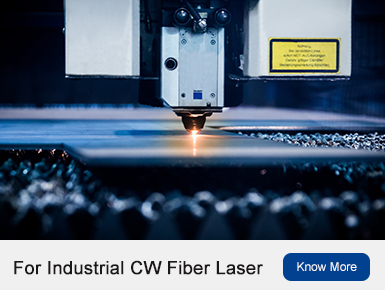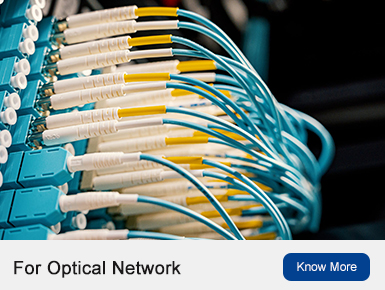Fiber Optic System Components: Enhancing Customization in the Telecommunications Industry
Fiber Optic System Components: Enhancing Customization in the Telecommunications Industry
Blog Article
As technology continues to advance, fiber optic system components have become crucial elements in the telecommunications industry. These components play a vital role in transmitting data at high speeds and over long distances through optical fibers. In this article, we will explore the significance of fiber optic system components and how they contribute to customization within the industry.
The Importance of Fiber Optic System Components

Fiber optic system components are essential for ensuring efficient data transmission within telecommunication networks. These components include transmitters, receivers, connectors, couplers, amplifiers, and switches. Transmitters convert electrical signals into optical signals that can travel through the fiber cables. Receivers then receive these optical signals and convert them back into electrical signals for further processing.
Connectors enable easy connection between different fiber cables or devices while maintaining signal integrity. Couplers allow splitting or combining of light signals without significant loss or distortion. Amplifiers boost weak optical signals along their journey to ensure reliable transmission over long distances. Switches provide flexibility by allowing multiple connections to be established or redirected as needed.
Optizone Technology: Advancing Customization
One notable advancement in fiber optic system component technology is Optizone Technology. This innovative approach allows for greater customization within telecommunication networks by providing enhanced control over signal distribution and management.
With Optizone Technology, network operators can dynamically allocate bandwidth resources based on specific requirements at any given time. This means that different services or applications can be prioritized according to their needs without compromising overall network performance.
In addition, Optizone Technology enables seamless integration with existing infrastructure while offering scalability for future expansion needs. It provides a cost-effective solution that optimizes resource utilization and improves overall network efficiency.
Femtosecond Pulse Laser: Revolutionizing Fiber Optic System Components
Another significant development in fiber optic system components is the use of femtosecond pulse lasers. These ultrafast lasers have revolutionized manufacturing processes, allowing for precise and intricate customization of optical fibers.
Femtosecond pulse lasers can be used to create complex microstructures within the fiber cores, such as gratings or waveguides. This level of customization enables the tailoring of optical properties to specific applications, resulting in improved performance and reliability.
Furthermore, femtosecond pulse lasers enable the production of specialty fibers with unique characteristics, such as polarization-maintaining fibers or dispersion-compensating fibers. These specialized fibers enhance signal quality and allow for more efficient data transmission in various telecommunications applications.
Conclusion
In conclusion, fiber optic system components are essential for efficient data transmission within telecommunication networks. They provide the necessary infrastructure for transmitting data at high speeds over long distances. The advancements in technology, such as Optizone Technology and femtosecond pulse lasers, further enhance customization capabilities within the industry.
With Optizone Technology's dynamic bandwidth allocation and seamless integration features, network operators can optimize resource utilization while meeting specific service requirements. Meanwhile, femtosecond pulse lasers enable precise customization of optical fibers to improve overall performance and reliability.
The continuous evolution of fiber optic system components ensures that telecommunications networks remain adaptable to future demands while delivering reliable connectivity worldwide.
 Report this page
Report this page
